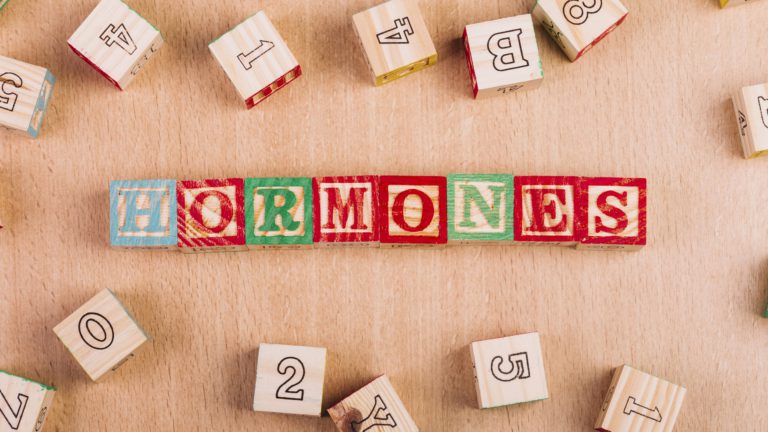Almost everyone experiences bouts of anxiety at various points in their lives. Certain events in one’s life trigger these anxious feelings, but when does this emotion become a disorder?
An anxiety disorder is a more serious case of anxiety, damaging the person experiencing it. This type of condition may feel unmanageable, and out of control, which is why having the right support is crucial to conquering the disorder.
The truth is that anxiety is not a quirk or a knee-jerk reaction. It also isn’t the nervousness you feel that passes quickly. There are different types of anxiety disorders that one may go through, but in this article, we’ll share the general signs of a common anxiety disorder:
1. Obsessive Thoughts and Worrying
An individual with anxiety disorder usually experiences obsessive thoughts and worrying over something that most people can shrug off easily. It’s not easy for a person with this disorder to let it go, which often results in catastrophic thinking; everything is magnified and intensified, sending the person into an overdrive state most of the time.
Some people mistake individuals with anxiety disorders as people who are just too negative. This is because when you suffer from the condition in question, you always assume the worst possible scenario. As mentioned, everyone worries from time to time, but the difference here is that a person with an anxiety disorder worries intensely that it clouds their rationale and becomes too obsessive.
2. Compulsions
There are cases when an anxiety disorder is accompanied by an Obsessive-Compulsive Disorder (OCD). A person with OCD and anxiety disorder will respond to their worries and fears by acting out of compulsions, such as counting and tapping. This is because they believe that the fear that they have will not come true if they knock on the door thrice or count 1-15 before stepping into an elevator.
3. Physical Symptoms
Anxiousness usually manifests into physical symptoms, yet they often vary. Most of the common physical symptoms are a racing heart, muscle tension, hyperventilation, sweating, and bouts of crying. A person who’s unaware of the disorder may feel like they have a severe health condition, but they are only classic signs of anxiety that manifest physically in reality.
Anxiety can also make you experience physical symptoms that are focused on your breathing or heart. This is why there are many emergency room cases wherein a person thought they had a heart attack only to be sent home due to being diagnosed with a panic attack. Yet, it’s still vital to see a doctor when you experience difficulty in breathing and other heart issues to rule out any other severe causes.
4. Avoidance
Individuals with an anxiety disorder may be avoidant, even when it comes to daily activities, such as going to work or school or attending social situations. There are some individuals who even find it difficult to leave their homes due to the fear of uncertainty.
Conclusion
An anxiety disorder can derail one’s life, which is why it’s crucial it’s addressed right away. By keeping the four signs mentioned above in mind, you will be able to recognize bouts of anxiety that will help you or your loved one find the needed help before it worsens. Seeing that there are various ways to fight anxiety disorder, be sure to reach out to a specialist who can provide sufficient support to get through the process.
If you’re looking for adequate support for your anxiety disorder, then you have come to the right place. At Health Optimizing Langley, our programs help support the treatment of anxiety through our anxiety wellness programs in Surrey, BC. We will also help identify your disorder’s root cause and provide you with the necessary healing to return to your optimal health. Book an appointment with us today!




